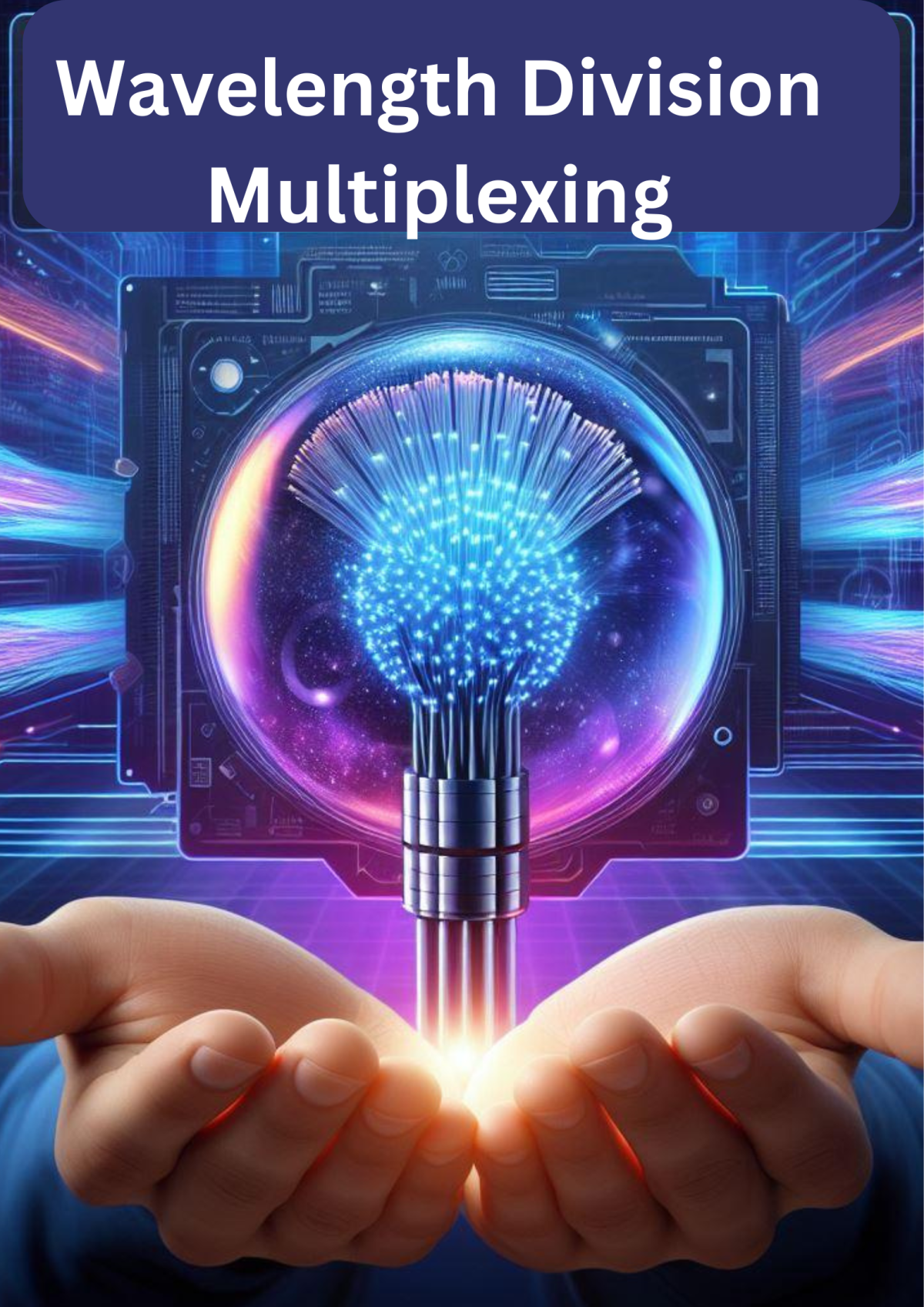
Wavelength Division Multiplexing, more commonly known as WDM, is one of the multiplexing technique used in optical communication that provides the backbone of our digital infrastructure in the fast-paced world of telecommunications, where data is the essential component of connectivity. Together, let’s set out to solve the puzzles around WDM.
Gautam asks the inquiry that creates the conditions for enlightenment as he leans forward in his chair, curiosity shining in his eyes. Could you explain what wavelength division multiplexing, or WDM, is all about? Though a little intimidating, it sounds intriguing.”
The professor smiles reassuringly and starts to break down the subject. Without a doubt, Gautam! Envision a busy roadway that is brimming with automobiles of all sizes and shapes, each with a unique load. Comparably, data moves in packets in the digital domain, with each packet carrying important information that is meant to reach its destination.”
Then she goes on, “Now, imagine the roadblocks and delays that would result from all of these automobiles having to fit within one lane. Wavelength Division Multiplexing helps in this case. It’s exactly like having several lanes on a freeway, except instead of having cars, we have various light wavelengths carrying various data streams.”
Gautam gives an attentive nod, and the analogy striking resonate with him. “So, just like different lanes cater to different varieties of vehicles, WDM assigns different wavelengths to each data stream?”
The professor says, “Exactly!” “Wavelength Division Multiplexing maintains that data streams remain independent and cannot interfere with each other, allowing for efficient transmission over one single optical fiber.”
Gautam’s curiosity piqued, he inquired further, “How does WDM differ from Frequency Division Multiplexing (FDM)?”
The professor nods thoughtfully. “That’s a great question, Gautam. FDM and WDM serve the same purpose—multiplexing multiple signals—but they use different parameters. In FDM, frequency bands are used as reference points, whereas in WDM, it’s wavelengths of light.”
She adds, “In essence, they’re similar, but the choice of reference differs based on the medium of transmission—radio waves for FDM and light for WDM.”
As the conversation unfolds, the professor guides Gautam through a detailed exploration of the components of a WDM system. “Now, let’s talk about the block diagram of Wavelength Division Multiplexing. We have both passive and active components,” she explains.
For those eager to delve deeper into the realm of Wavelength Division Multiplexing, video lectures in both English and Marathi are available on the Pinnacle YouTube channel. These resources offer comprehensive insights into the principles and applications of WDM, catering to diverse audiences seeking to unlock the potential of modern telecommunications.
In conclusion, Wavelength Division Multiplexing emerges as a cornerstone of connectivity, bridging the gap between data transmission and reception. With each wavelength illuminating the path forward, WDM propels us towards a future where communication knows no bounds.













